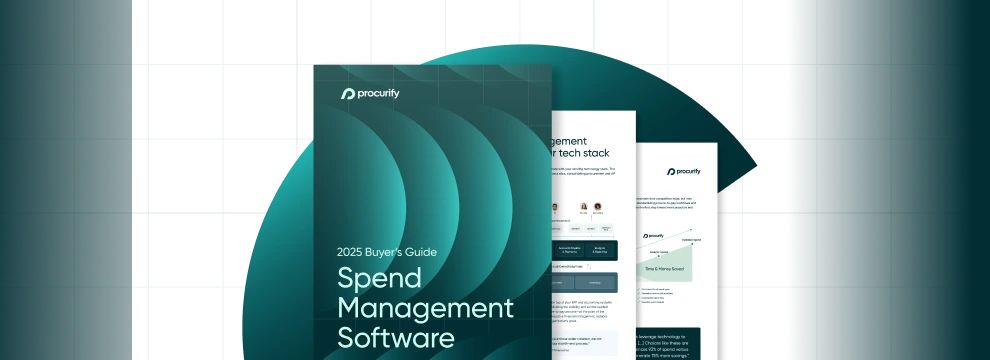Is the Currency Roller Coaster Giving you Whiplash?
How many suppliers have approached you for price increases because of the massive currency fluctuations?
While there may be a legitimate issue momentarily for some, it would be unwise to simply make the changes in your system “because the supplier asked”.
Before making any reactionary moves, step back and take a look at the bigger picture. While it may be true that currency differences have been increasing at a rate during Q4 2014 and Q1 2015 that should not be ignored, we should keep things in perspective. In some cases, declining commodity prices have more than made up for the currency differentials. Copper prices fell 13 percent in January and we’ve all heard about the 40% tumble in oil prices since November.
At what point are your offerings impacted enough to warrant passing along any potential pricing increases to your customers? Have the conversation with your finance team to crunch the numbers and uncover the profit point line that you are not willing to cross.
Internal Process Tips:
- What is your written policy to address Suppliers’ requests for price increases?
- How much authority do you allow your Buyers when they are asked to increase a price due to currency changes?
- How much authority should your Buyers have?
- What preferred actions have you communicated to your team?
- Have you clearly outlined the Line In The Sand that a Supplier may try to cross that a Buyer is to ask for permission and further instructions?
Vendor Management Tip:
Of the items you purchase, how much inventory do your suppliers keep on hand at any time? In some industries, suppliers will carry up to a year’s worth of product in their warehouse. Knowing this in advance will greatly increase your ability to “Push Back” when a Supplier jumps at the opportunity of a price increase request during times of currency fluctuations.
Remember that not everything has truly changed in price. Quite likely very little has changed its overall value to you and your organization. Always keep things in perspective, know your critical items, and look after your supply.
This is a guest post by Christine Galer, a corporate procurement thought leader. If you’re interested in sharing your knowledge with Procurement Sense readers please contact us.
